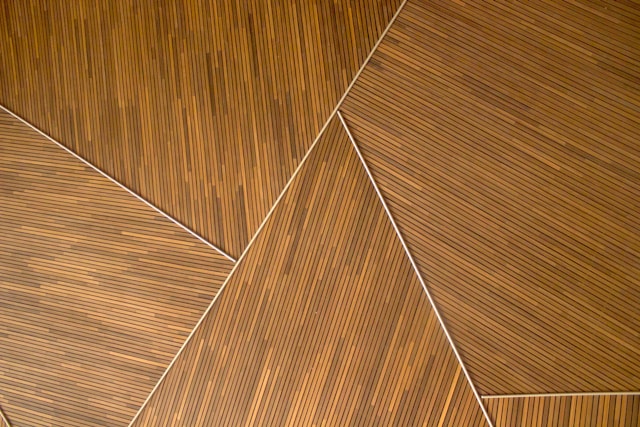Creaky floors are one of the most common and most annoying issues in many homes. Whether you’re stepping quietly through your house at night or hosting guests, the sharp squeaks and groans of your floors can quickly steal the comfort from your space. The good news is that you don’t need to live with these unwanted sounds forever. If you’re wondering how to repair a creaky floor, this guide will walk you through everything from identifying the cause to applying both temporary and permanent fixes.
Why Do Floors Creak?$
Before diving into solutions, it’s important to understand what causes creaky floors. In most cases, creaks and squeaks happen when:
-
Floorboards rub against each other
-
Nails or screws loosen over time
-
Subfloor becomes detached from the joists
-
Wood expands and contracts due to temperature or humidity changes
Understanding these basic causes can help you apply the right fix so you’re not just treating the symptom, but solving the actual problem.
Diagnosing the Problem
The first step in fixing squeaky floors is finding the exact location and cause of the noise. Walk slowly across the floor and listen for squeaks. Mark noisy areas with painter’s tape or chalk. If your floor is accessible from below (like through a basement or crawl space), have someone walk on it while you observe the movement of the joists and subfloor from underneath.
If you’re dealing with a finished hardwood floor or carpeted surface and don’t have access to the subfloor, you’ll need to focus on surface-level fixes.
Tools and Materials You Might Need
Depending on the repair method, here are the most commonly used tools and materials:
-
Trim-head screws or squeak repair kits
-
Wood glue or construction adhesive
-
Wood shims
-
Cordless drill or screwdriver
-
Pry bar
-
Stud finder
-
Talcum powder or powdered graphite (for surface lubrication)
-
Carpet knife (if working under carpet)
Many of these are easy to find at any hardware store and are beginner-friendly.
How to Fix Squeaky Floors from Above
If you don’t have access to the subfloor, these top-side repairs will help:
1. Tighten Loose Floorboards
For hardwood or engineered wood floors, drive trim-head screws directly into the squeaky area. These screws anchor the flooring more securely to the subfloor and eliminate movement that causes noise. Make sure to locate joists using a stud finder for the most effective placement.
2. Use a Squeak Repair Kit
These kits are designed specifically to fix creaky floors under carpet or hardwood. They often include breakaway screws that sink below the surface and snap off cleanly. This is an excellent DIY floor repair option that avoids visible damage.
3. Apply Powdered Lubricant
If the squeak comes from floorboards rubbing against each other, sprinkle talcum powder or powdered graphite into the gaps. Work it in using a soft brush or cloth. This reduces friction and often quiets the noise, especially in older homes with natural wood floors.
How to Fix Creaky Floors from Below
If you can access the subfloor from underneath (in a basement or crawl space), you’ll have more powerful options for long-term solutions:
1. Insert Shims Between Joists and Subfloor
Gently tap thin wooden shims into gaps between the joists and subfloor. This stabilizes loose areas that may flex when walked on.
2. Apply Construction Adhesive
Use a caulking gun to apply adhesive along the seams where the subfloor meets the joists. This will help secure any loose boards and prevent movement that leads to noise.
3. Install Screws from Below
For a more permanent solution, drive wood screws up through the joists and into the subfloor. Be careful not to penetrate too far and push through the finished flooring above.
Temporary vs. Permanent Fixes
-
Temporary fixes, like powdered lubricant or felt pads, are great if you’re renting or not ready for major work.
-
Permanent fixes tightening the subfloor or using repair kits offer long-term relief but may require minor cosmetic touch-ups or tool investment.
Knowing when to choose one over the other can save you time and money.
Preventing Future Creaks
Once you’ve tackled the problem areas, take steps to avoid more creaks down the line:
-
Maintain consistent indoor humidity to minimize wood expansion and contraction.
-
Inspect high-traffic areas every few months.
-
Avoid letting moisture build up underneath flooring, especially in basements.
-
Choose high-quality fasteners and underlayment if replacing or installing new flooring.
With a little maintenance, you can keep your floors quiet and comfortable for years.
Final Thoughts
Fixing a creaky hardwood floor or noisy subfloor doesn’t have to be a major renovation. Whether you’re using a DIY repair kit, inserting shims, or applying a powdered lubricant, there are easy ways to stop floor creaking without professional help.

